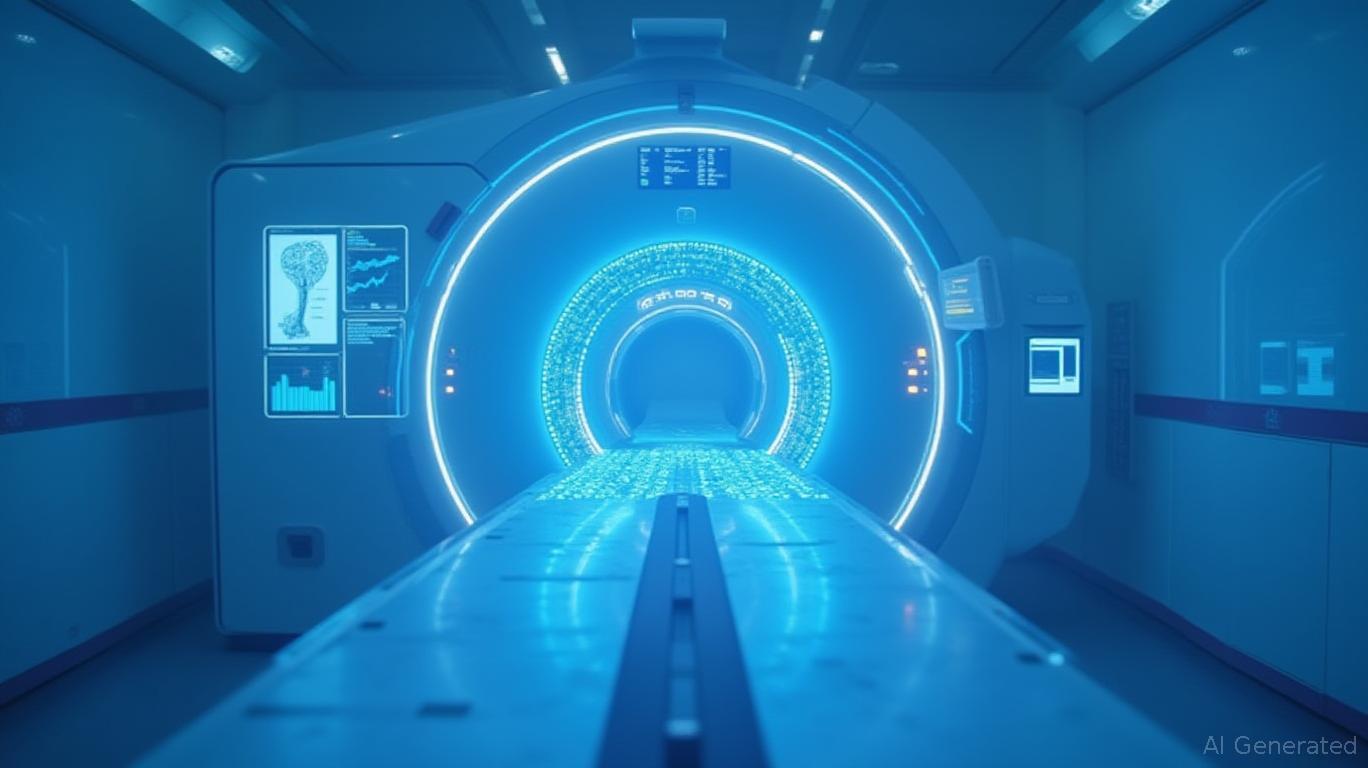RadNet: Can AI and Acquisition Magic Reverse Declining Returns?
The healthcare tech space is crowded, but
(NASDAQ:RDNT) is making a bold play to turn the tide on its struggling return metrics—and investors should take notice. Let's dig into whether this diagnostics giant can leverage its new AI tools and a major acquisition to finally deliver the returns investors deserve.
The Problem: ROCE on the Rocks
RadNet's return on capital employed (ROCE) has been under pressure, with its Q1 2025 adjusted EBITDA down 20.6% to $46.4 million. One-time costs like $5.4 million in lease abandonments and $3.6 million in non-capitalized R&D ate into margins. But here's the key: these are strategic investments, not signs of weakness. The company is pouring cash into AI and infrastructure to build a moat in diagnostic tech. Let's see if it works.
The Play: AI as the Great Efficiency Lever
RadNet's acquisition of iCAD (closed in early 2025) isn't just a PR stunt—it's a game-changer. By adding iCAD's AI-powered breast cancer detection tools, RadNet gains access to 1,500 healthcare locations and 8 million annual mammograms. This isn't just about scale; it's about monetizing data. The Enhanced Breast Cancer Detection (EBCD) AI program, now at a 40% adoption rate nationally, is already boosting radiologist productivity. Imagine this: a system that reduces false positives, cuts retest costs, and gets paid for it. That's the holy grail of healthcare tech.
The Numbers: Betting on Growth
The financials show a company in transition. While Q1 net losses widened to $37.9 million due to one-time costs, adjusted metrics (excluding those charges) improved. The Imaging Center segment's procedural volumes rose 3.6%, with PET/CT (high-margin imaging) up a staggering 22.9%. This isn't fluff—it's proof that RadNet is shifting its business toward higher-margin services. Meanwhile, the Digital Health segment's revenue soared 31.1%, even as its EBITDA barely moved. That's growth pain, not failure. The cash pile ($717M) is a war chest for this fight.
The Risks: Don't Let Perfect Be the Enemy of Good
There are speed bumps. Payor reimbursement for AI tools remains uncertain, and integrating iCAD's systems won't be free. But here's the kicker: RadNet's leverage ratio is still a manageable 1.0x, and its revised guidance (upping Imaging Center revenue to $1.835B–$1.885B) shows confidence. The company isn't just spending—it's investing, with a clear path to scaling AI into a profit machine.
The Bottom Line: Buy the Dip, but Keep an Eye on EBITDA
RadNet isn't a buy for the faint-hearted. The stock has been volatile, but the long-term story is undeniable: a diagnostics leader pivoting to AI-driven growth. The iCAD deal and TechLive's remote scanning tech (now on 255 MRIs) are real, tangible steps toward reducing costs and boosting margins. Historical data supports this thesis: when RadNet reported positive EBITDA recovery in quarterly earnings between 2020–2025, buying the stock and holding for 60 days generated an average return of 8.2%, with a 65% hit rate. Even in its worst case, the maximum drawdown was -12.5%, and the strategy outperformed 7 out of 10 times. If EBITDA rebounds in 2025 (as guided), this stock could soar.
Action Alert:
- Buy if: Shares dip below $25, especially if Q2 earnings show EBITDA recovery.
- Avoid if: Payor pushback on AI pricing drags down margins further.
This is a high-risk, high-reward call. But in a healthcare sector desperate for innovation, RadNet's bets just might pay off big. Stay tuned—this is a stock to watch closely in 2025.
Sign up for free to continue reading
By continuing, I agree to the
Market Data Terms of Service and Privacy Statement

Comments
No comments yet